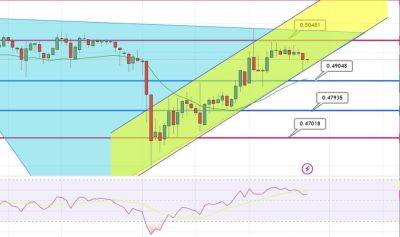Investors should know these two risks: 'It's kind of like yin and yang,' says advisor
There are two kinds of risk that investors should understand when building a portfolio: risk tolerance and risk capacity.
They describe different aspects of a person's risk profile — and ignoring them can put investors «in a really bad situation,» said Charlie Fitzgerald III, a certified financial planner based in Orlando, Florida.
Asset classes sit on a risk spectrum from conservative to aggressive.
Safer assets, like cash or money market funds, are stable but have relatively low returns that may not deliver much if any growth after inflation. Riskier ones like stock funds are more volatile — meaning they can experience frequent and violent swings up and down — but deliver higher investment growth over the long term.
More from Personal Finance:
46% of 401(k) investors are clueless about their investments
4 differences between money market funds and high-yield savings
Homeowners say roughly 5% is magic mortgage rate for moving
Assessing risk capacity and risk tolerance helps individuals strike an optimal balance.
«They go together» said Fitzgerald, principal and founding member of Moisand Fitzgerald Tamayo. «It's kind of like yin and yang.»
Risk tolerance is essentially an investor's comfort level with short-term market gyrations. It's a willingness to take risk and is personal, subjective and guided by emotion, experts said.
Someone may think they have a high tolerance for investment risk and steely resolve when faced with extreme volatility — but then freak out and dump all their stocks the second after a market selloff. Such a person would have a low risk tolerance.
By contrast, risk capacity describes an investor's ability to take risk. Put differently: Can they afford to gamble?
«You may want to gamble on roulette,
Read more on cnbc.com

 cnbc.com
cnbc.com




















